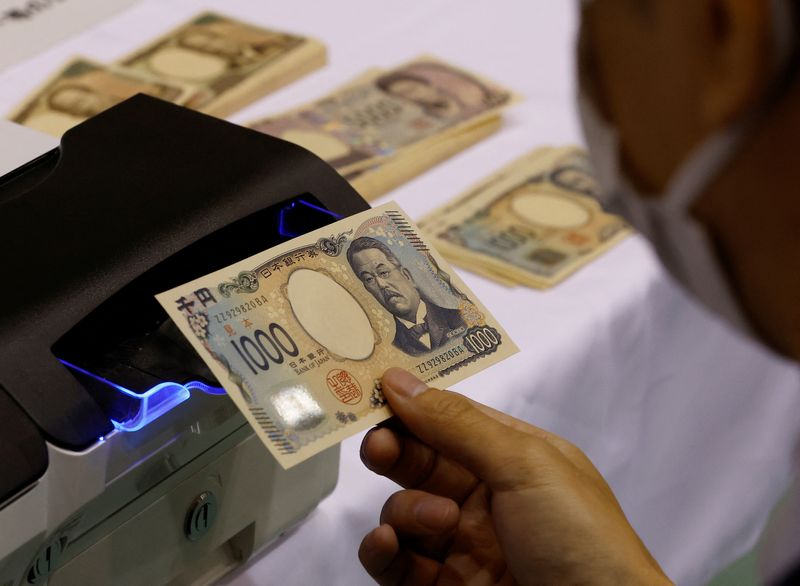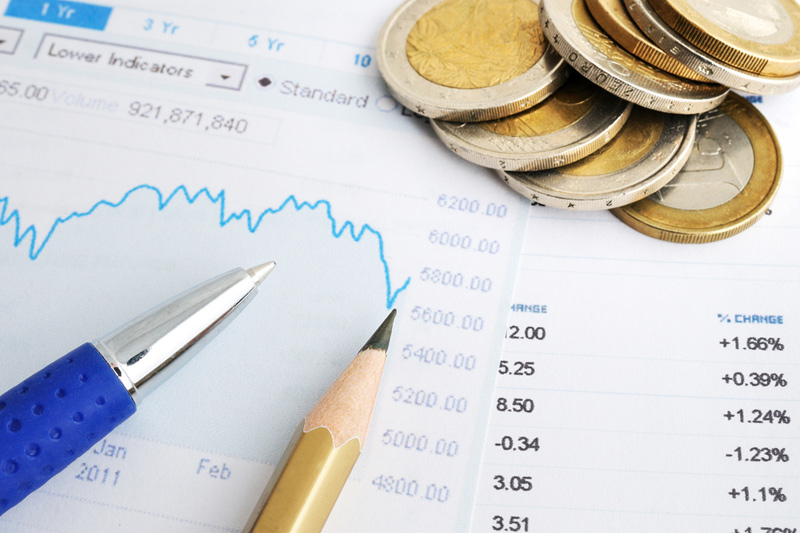By Makiko Yamazaki and Satoshi Sugiyama
TOKYO (Reuters) – Japanese authorities were “deeply concerned and on high alert” about the yen’s rapid decline, the country’s top currency diplomat Masato Kanda said, escalating warnings as the currency languished at its weakest level in nearly 40 year.
“It is widely accepted that the current weakness of the yen is not necessarily justified and is therefore likely caused by speculators,” Kanda, Deputy Finance Minister for International Affairs, told reporters on Wednesday.
The weak yen has become a headache for Japanese policymakers as it drives up the cost of imported raw materials, fuels inflation and hurts consumption.
Kanda said the recent moves in the currency were rapid and “absolutely one-sided,” abandoning his recent stance of not commenting on the ongoing market situation.
“We have prepared to act against excessive volatility,” Kanda said, signaling readiness for another intervention to support the yen.
Despite Kanda’s warnings, the yen continued to fall, reaching 160.50 per dollar, the weakest in about 38 years.
The market has widely seen 160 yen per dollar as a line in the sand for authorities, even though Kanda and other government officials have repeatedly said they had no specific levels in mind for when to intervene.
Japan spent 9.8 trillion yen ($61.6 billion) on currency market interventions in April and May, after the Japanese currency hit a 34-year low of 160.245 per dollar on April 29.
But these moves failed to reverse the yen’s weakness as a slowdown in US Federal Reserve rate cuts has maintained the wide interest rate differential between the US and Japan.

Meanwhile, the Bank of Japan is signaling that its quantitative tightening (QT) plan in July could be bigger than markets think, and even involve a rate hike, as it continues a steady pullback from its still massive monetary policy. stimulus.
($1 = 159.9700 yen)


